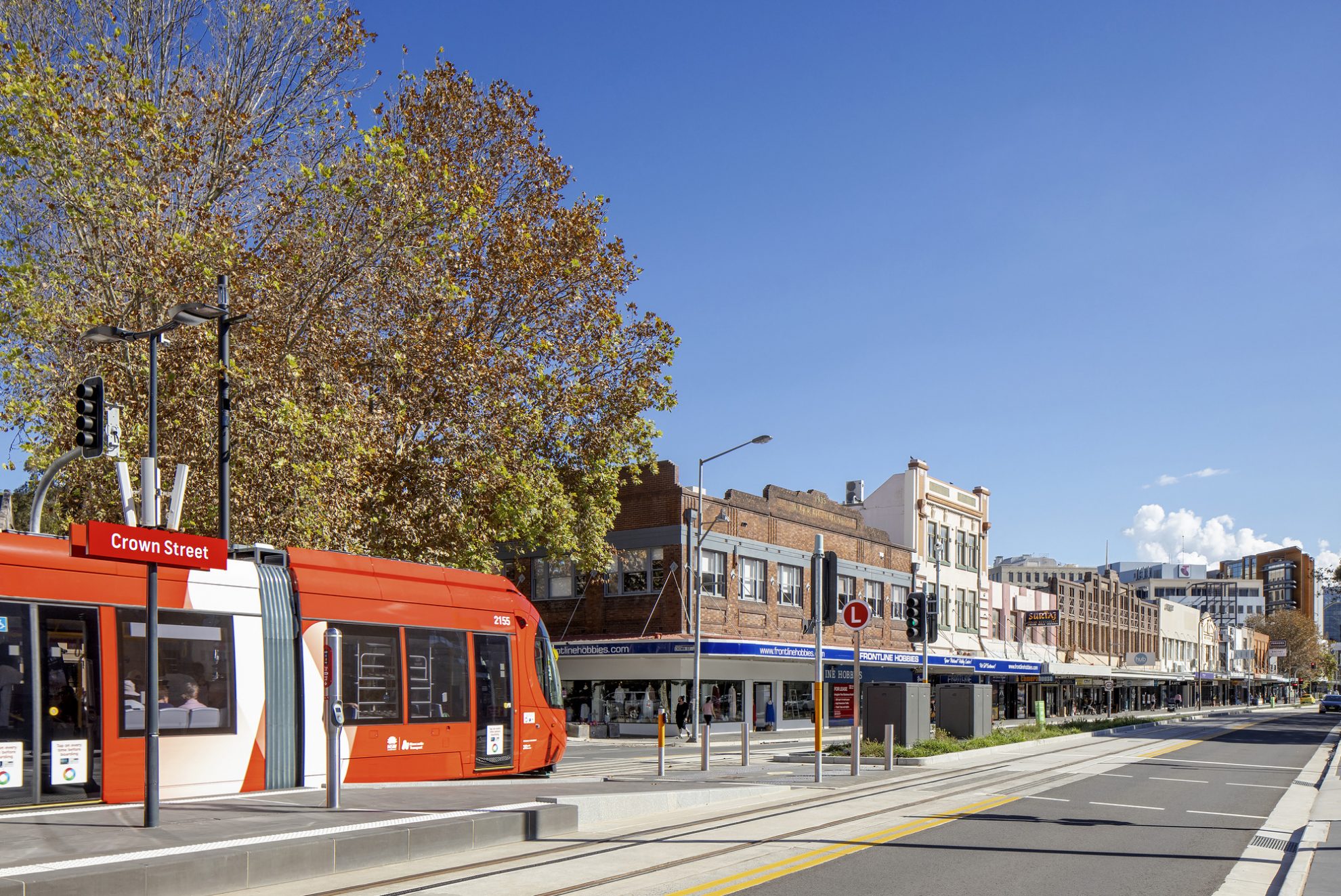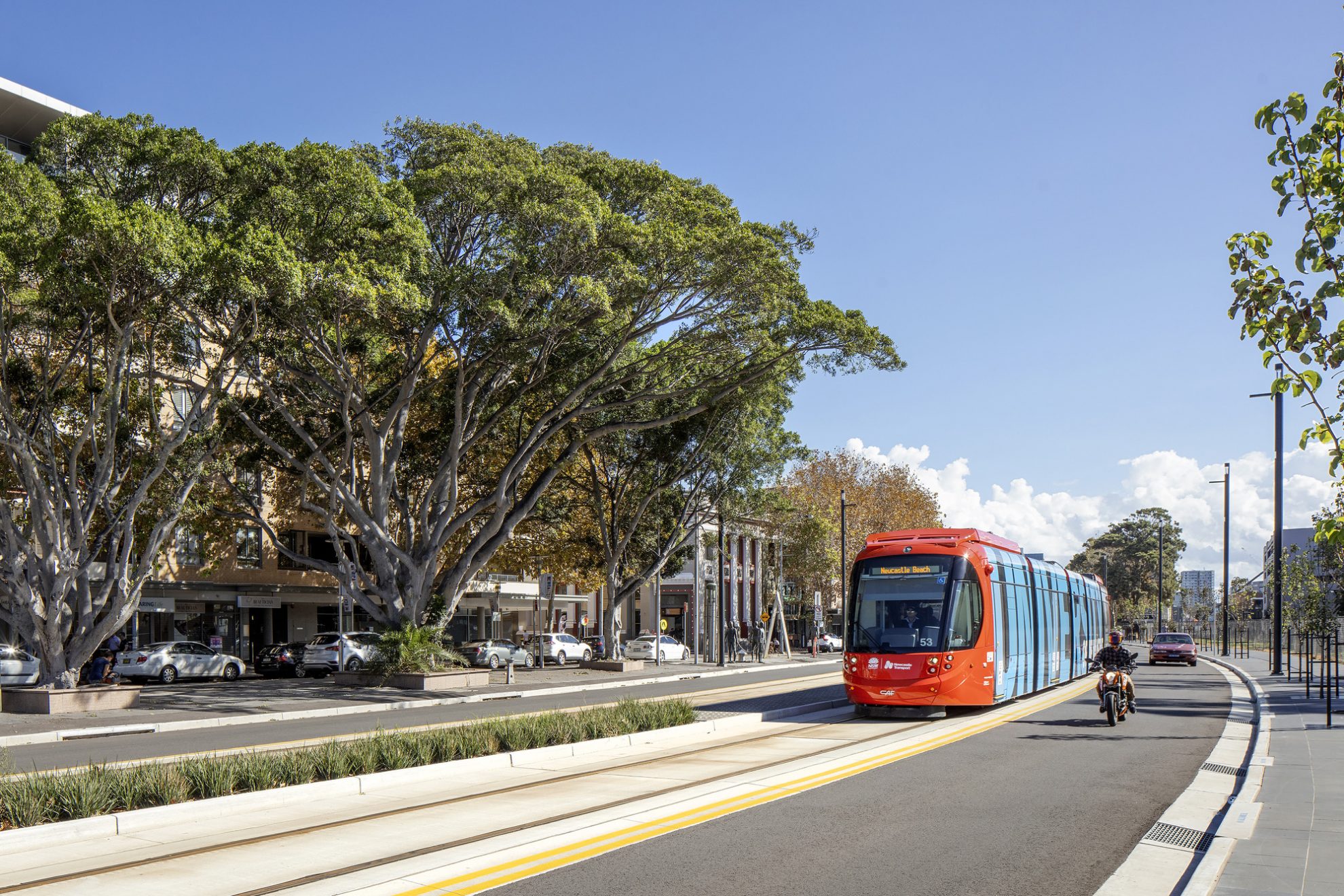Project Contact
Ian Connolly
Alex Small
Andrew Hosking
Andy Medhurst
Ingrid Kelly
Jakub Beseda
John Richardson
Juno Vorasane
Katie McKenna
Mitchell Buckley
Adrian Taylor
Amelia Cooper
Cameron Hallam
Cathy Zhu
Charlie Chen
Claudio Aravena Mesías
Collette Skinner
Danny Nguyen
Enrico Anelli-Monti
Grace Chan
Ian Stanger
Isobel Hall
Jascha Oakes
John Eglington
John Seligman
Kerwin Datu
Lauren Smith
Marni Reti
Martin Hayes
Murali Sundaralingam
Nicholas Woolley
Nick Tyrrell
Nicolas Dijoux
Rhys Grant
Richard Desgrand
Sam Shephard
Satvir Mand
Shelani Perera
Sophie Coulier
Telesa Pirrello
Thida Tint
Tina Zheng
Tony Tang
William Gow
Newcastle Light Rail
Newcastle, New South Wales
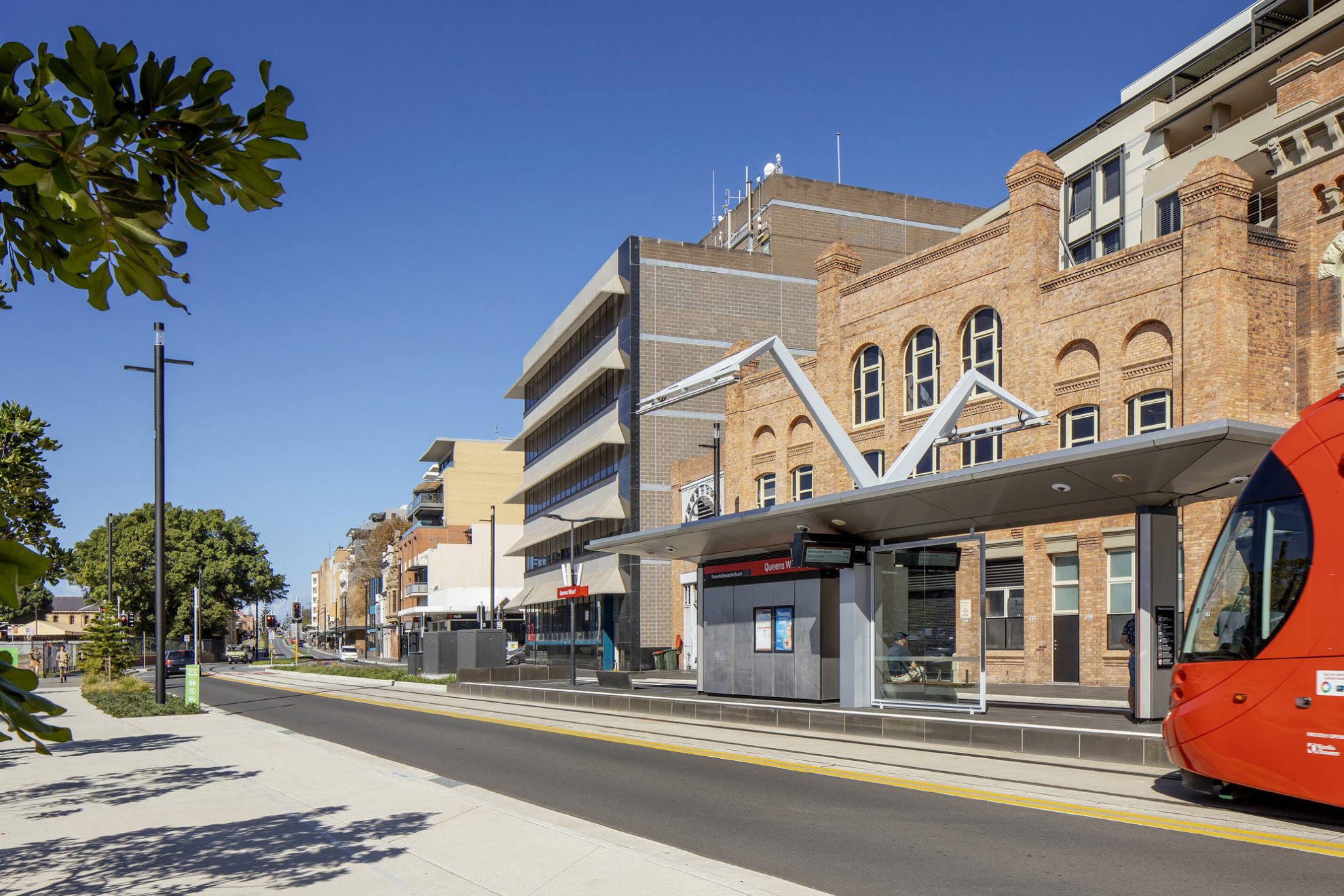
The Newcastle Light Rail is more than just a transportation upgrade, it’s part of a wider strategy to reinvigorate Newcastle and connect the CBD to its waterfront. This design closes the heavy line rail at Newcastle CBD between Wickham and the old Newcastle terminus.
A technical advisory design team was engaged by Transport NSW to assess and document engineering systems and solutions, operational plans and cost estimates for three potential light rail alignments between Wickham and the CBD.
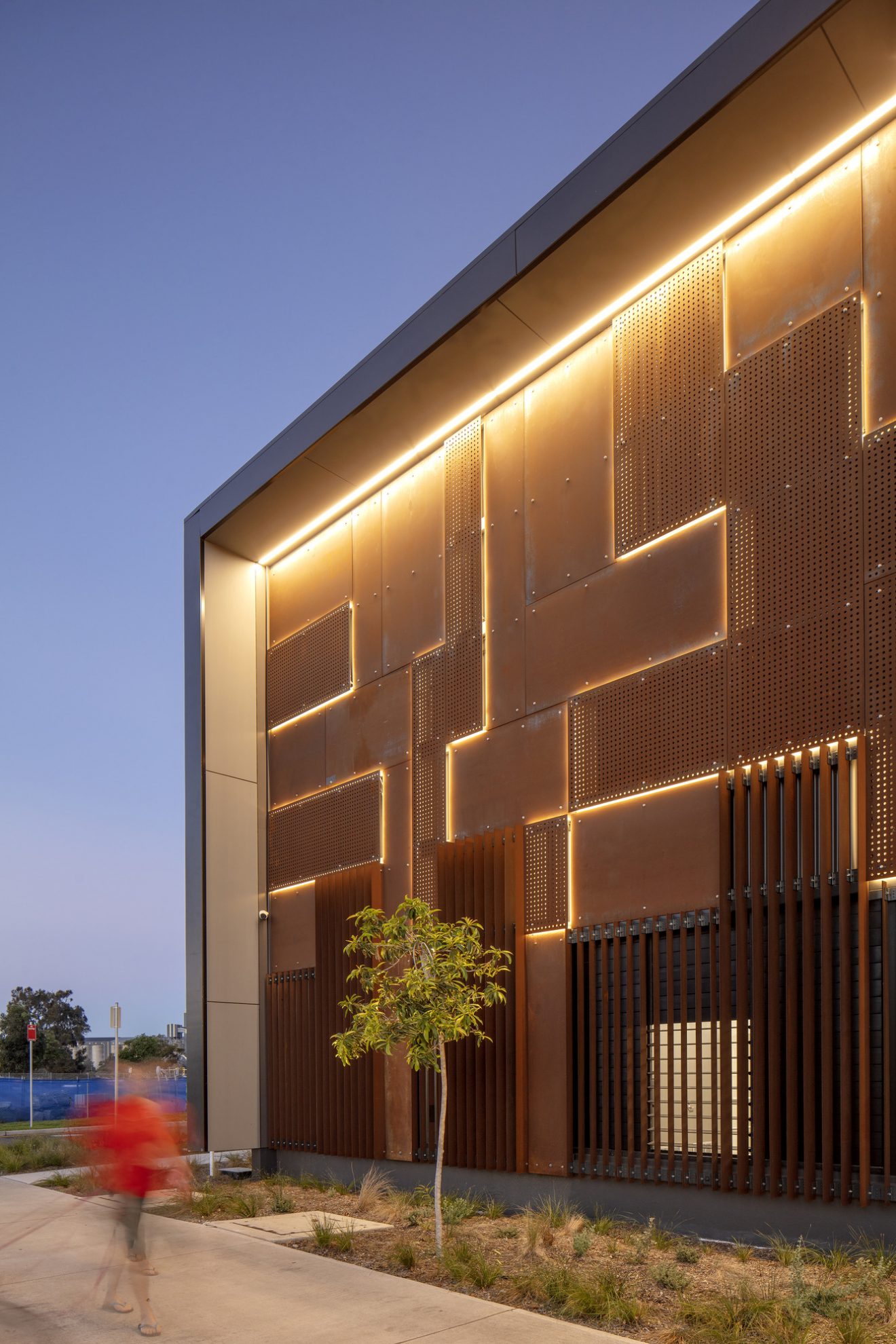
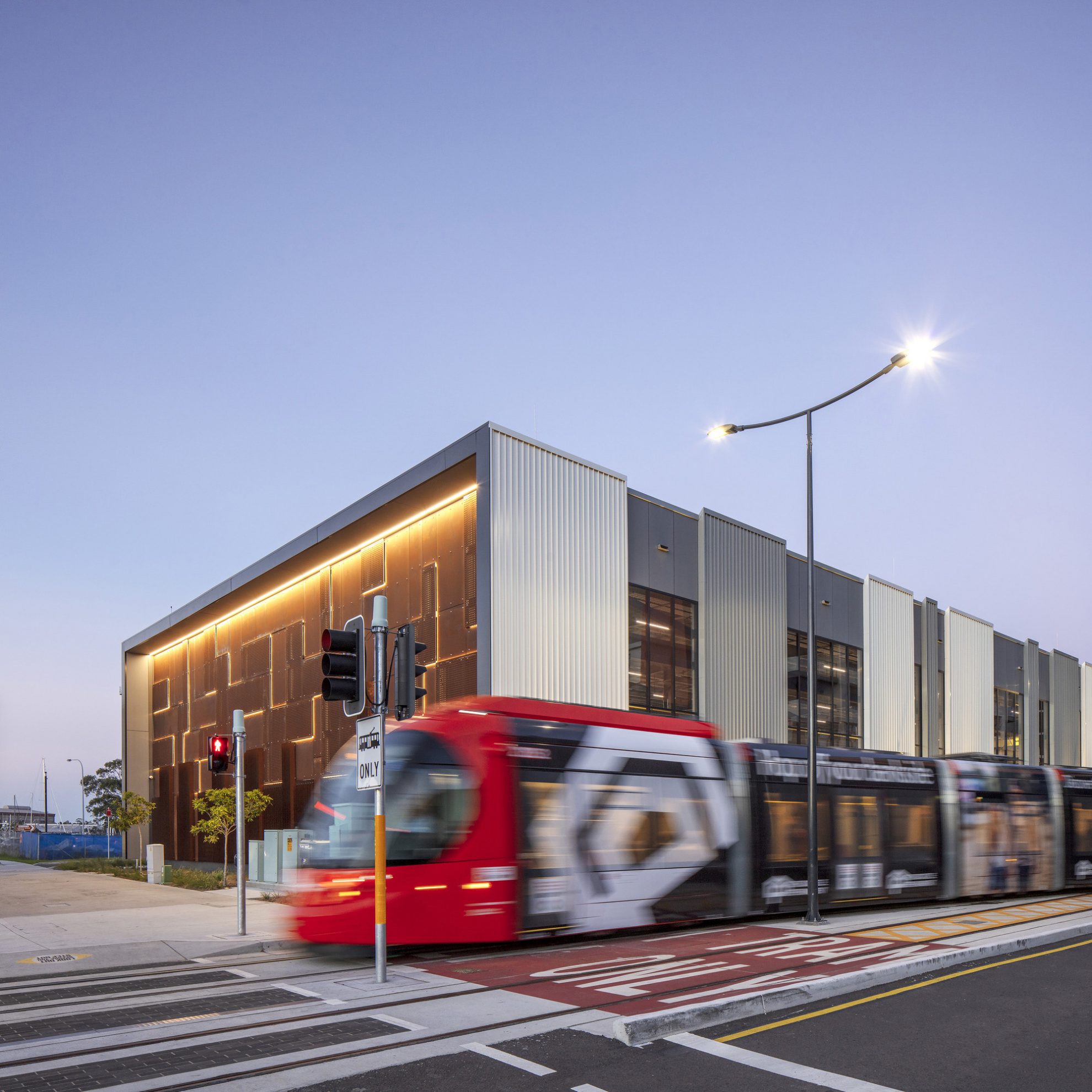
COX led the urban design component of the scoping design that explored alignment configurations and stop options within the context of the Newcastle Urban Renewal and Transport Program (NURTP). The design of the network and stops will contribute future development opportunities, unlock unrealised development capacity, improve connections between the waterfront and the city and aid other outcomes that will contribute to the delivery of the urban renewal strategy.
The development of stop designs and precinct concepts respond to public domain opportunities along the revitalised Hunter Street corridor.
The truncation of the heavy rail at Wickham has created a connection between the CBD and the Hunter River waterfront for the first time since 1857 when the Newcastle rail line was extended from the original Honeysuckle terminus to the Watt Street wharf. The new NLR completes the journey from Wickham to the original Newcastle station (1878) and Pacific Park via the old rail corridor, and along Hunter and Scott Streets.
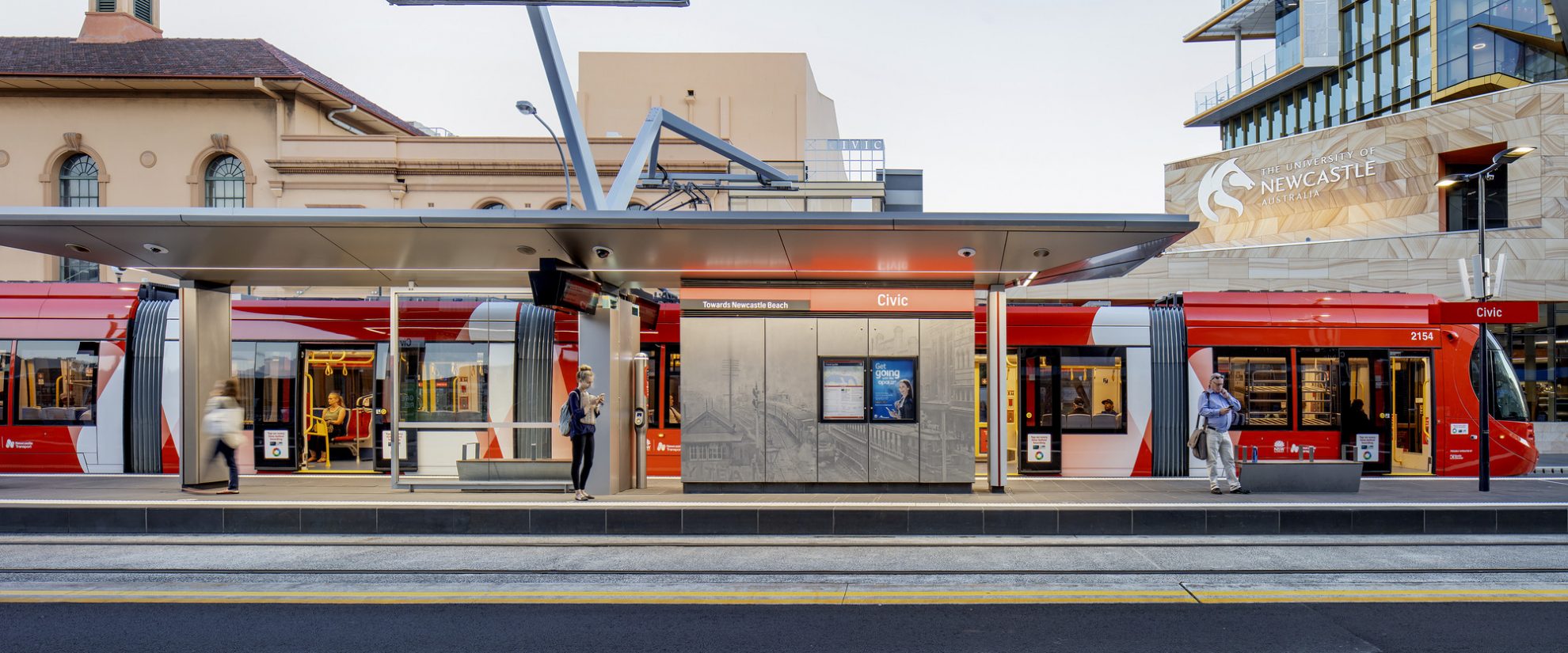
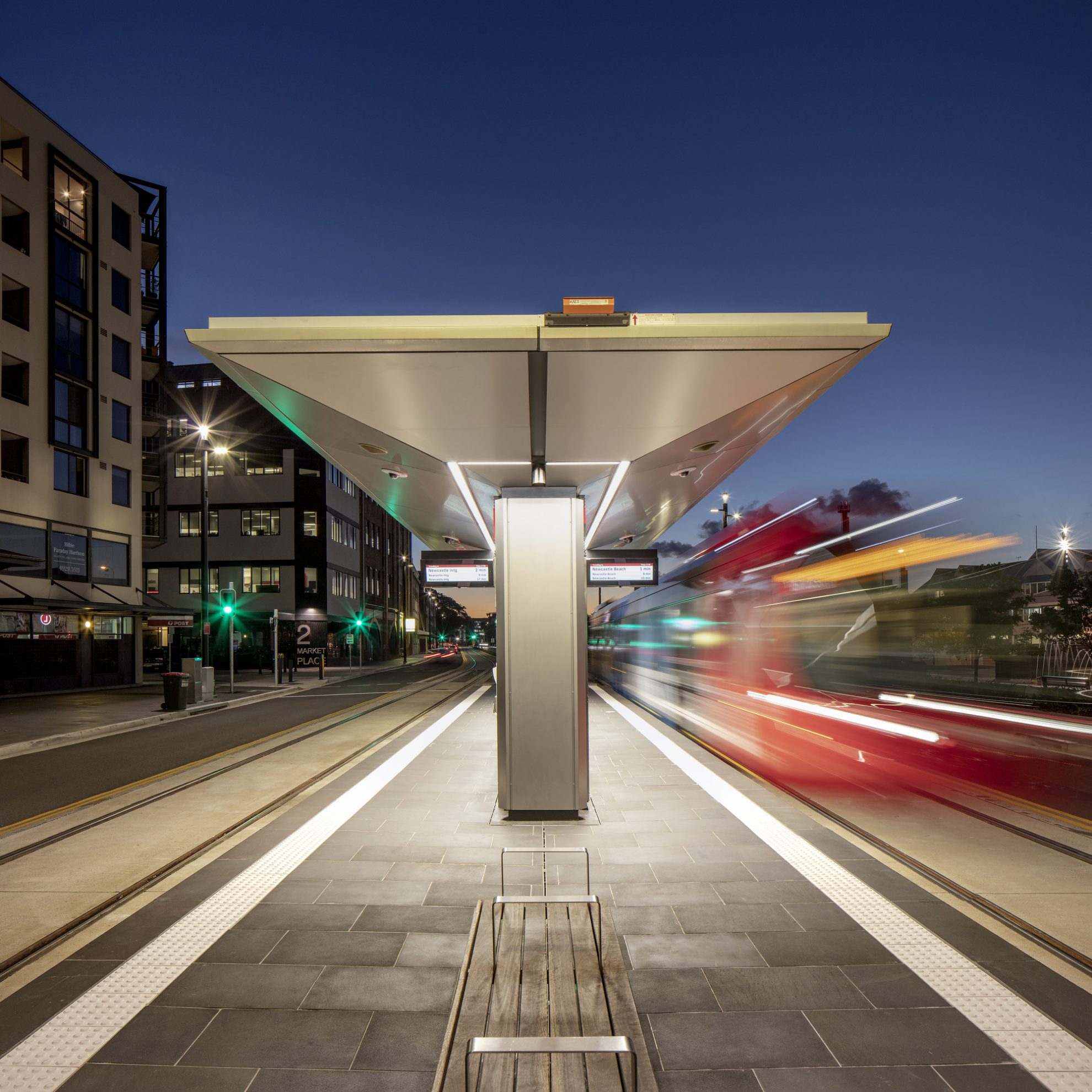
The project contributes to the wider city-shaping priorities of the Revitalising Newcastle program. The removal of overhead wires, the careful design that reduces clutter, consistency of detailing, quality and ability to both retain major trees and add more street trees has resulted in increasing amenity and improving the overall streetscape.
The team developed five key urban design principles based on the Newcastle Urban Transformation and Transport Program (NUTTP) objectives and detailed research into light rail projects around the world.
- Connectivity
Connecting Newcastle’s city precincts - Pedestrian Amenity
Creating a pedestrian-friendly urban centre - Integration
Seamless integration with the existing city systems - Urban Fabric
Design that is sensitive to the city’s context - Urban Renewal
Light rail as a catalyst for new development
